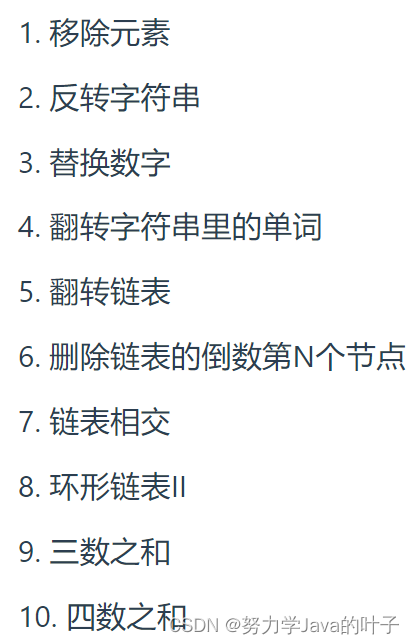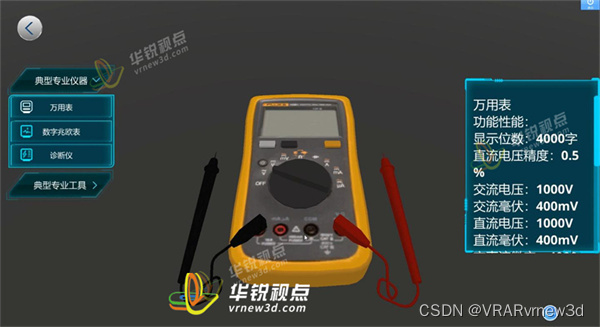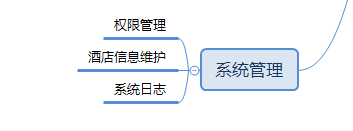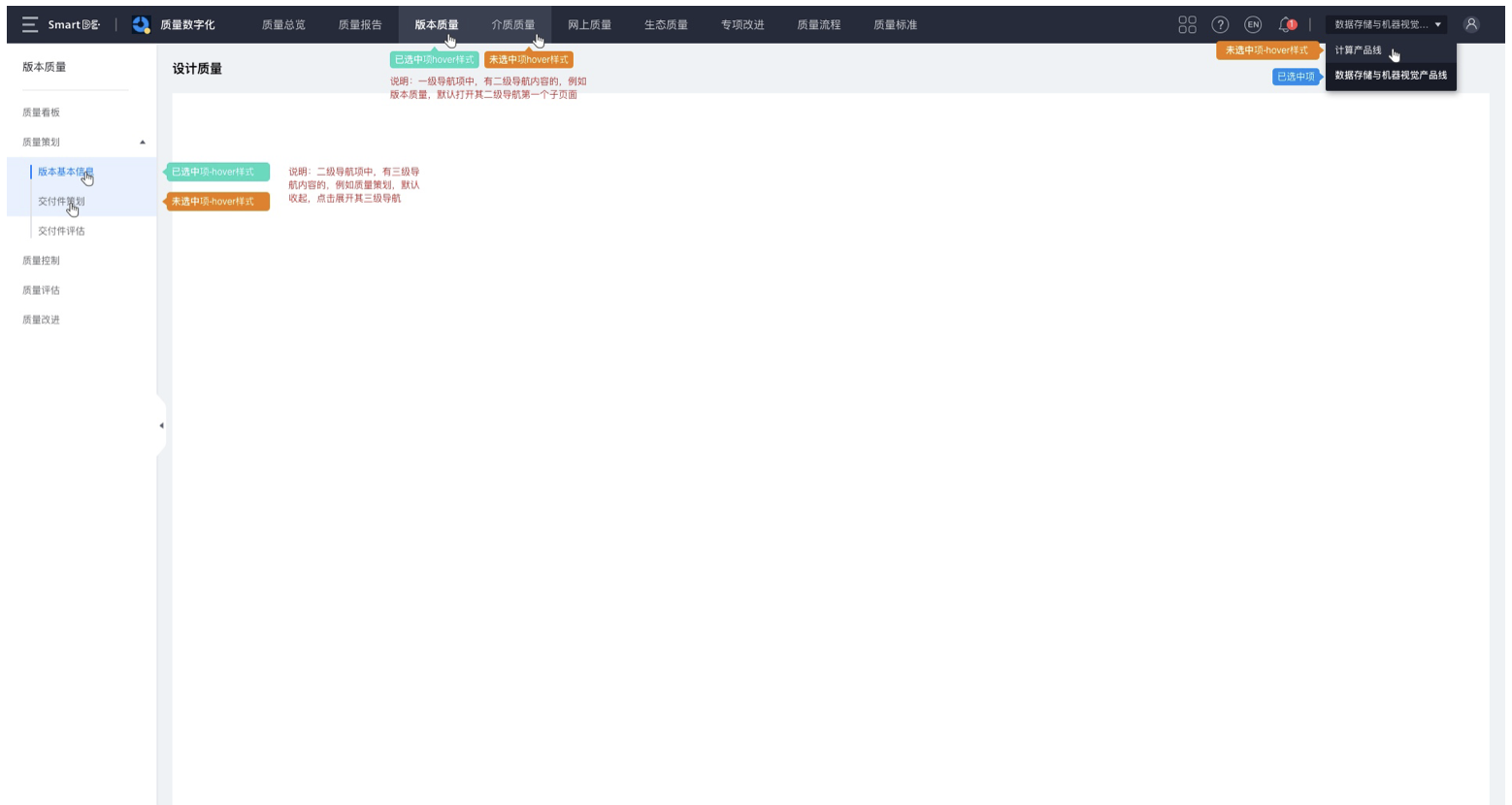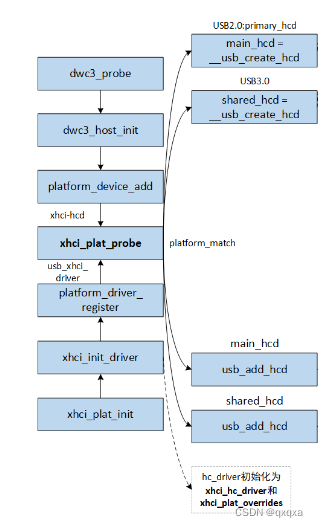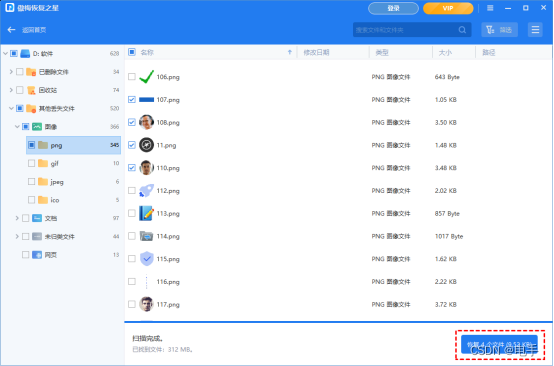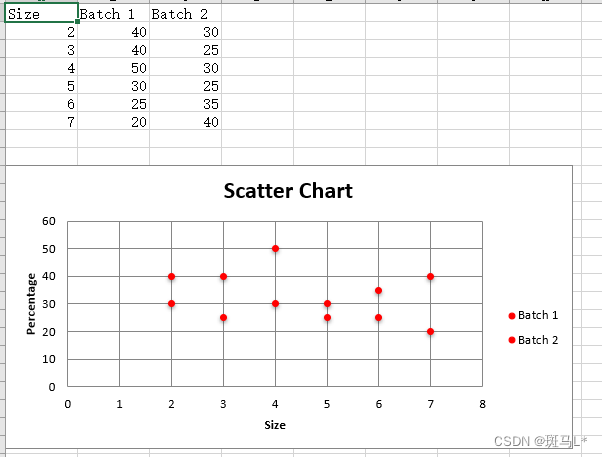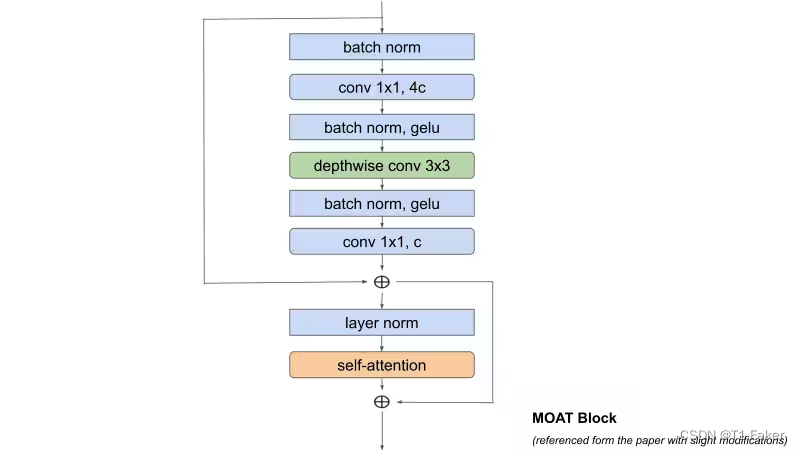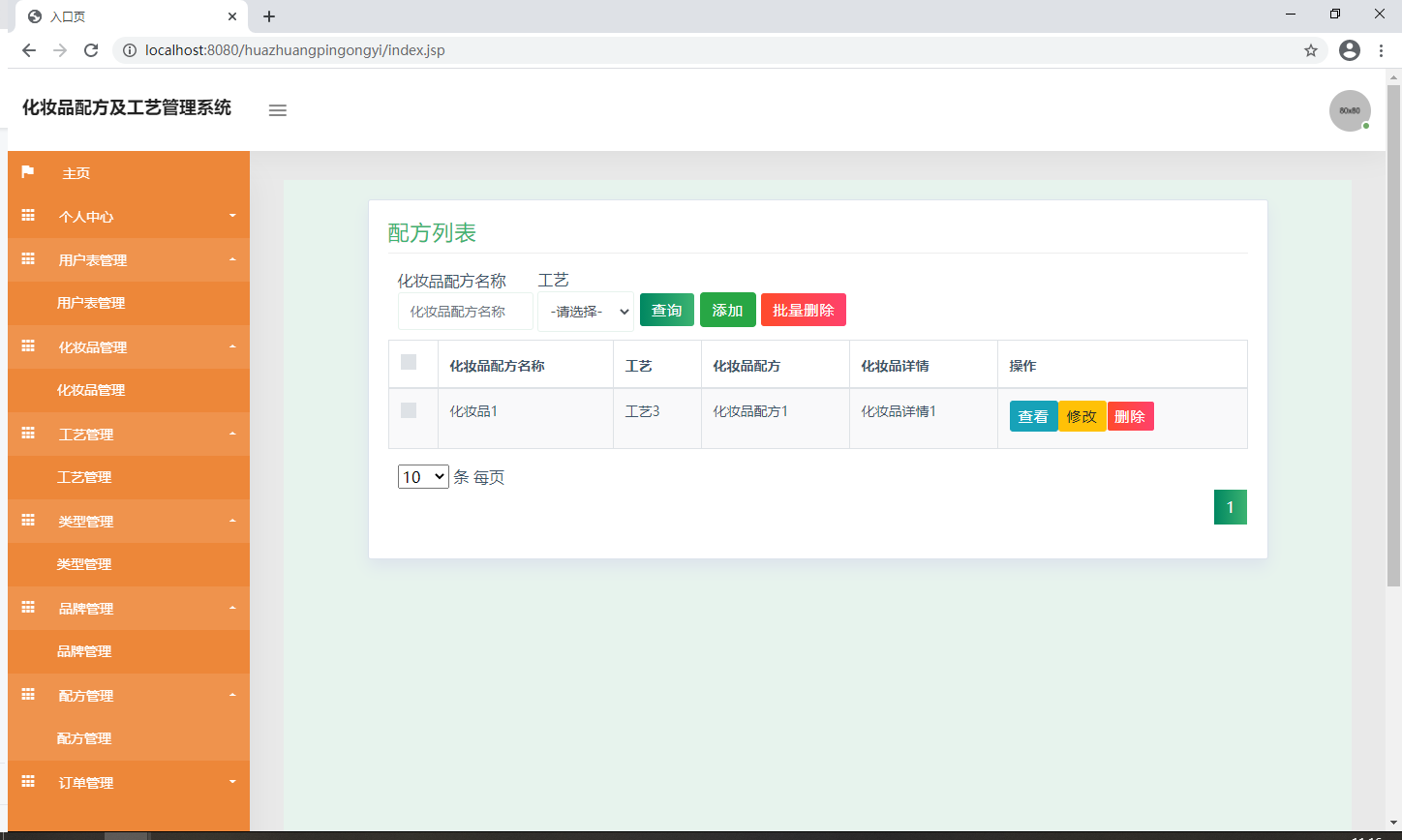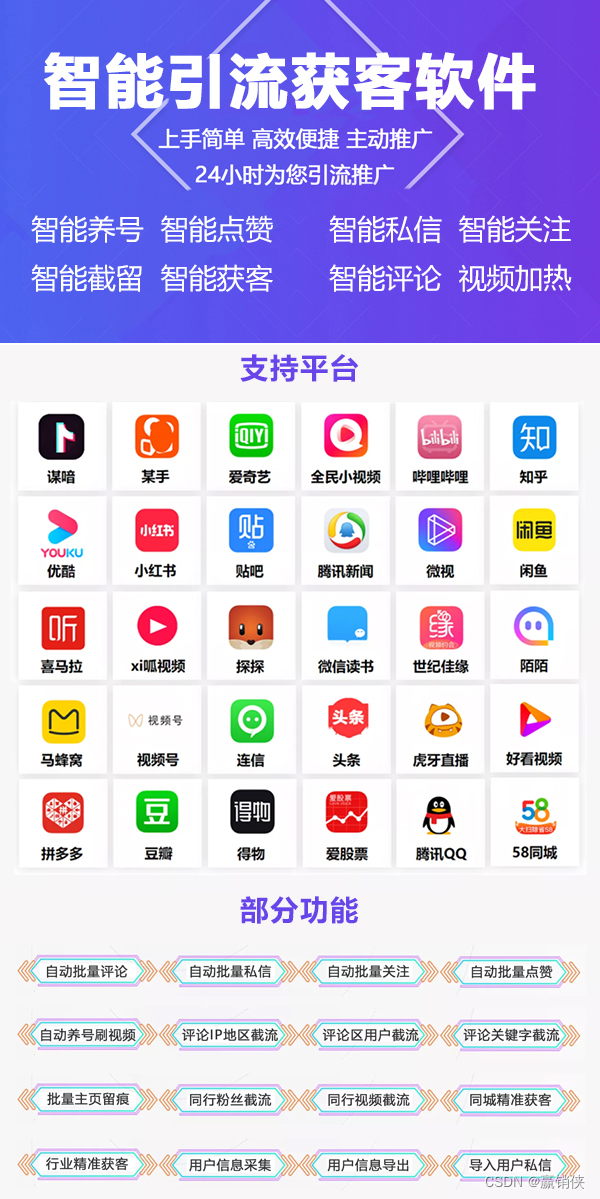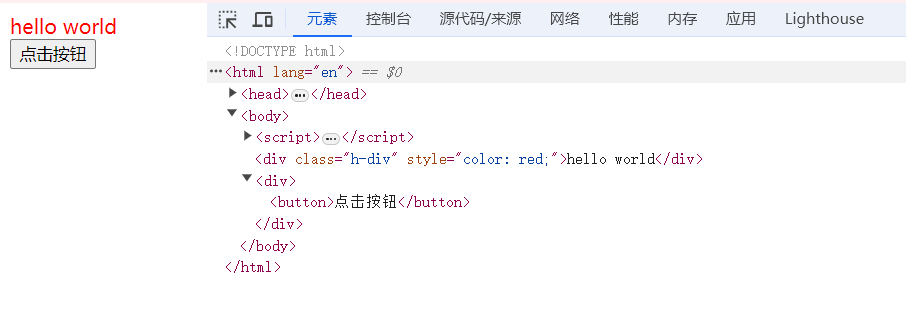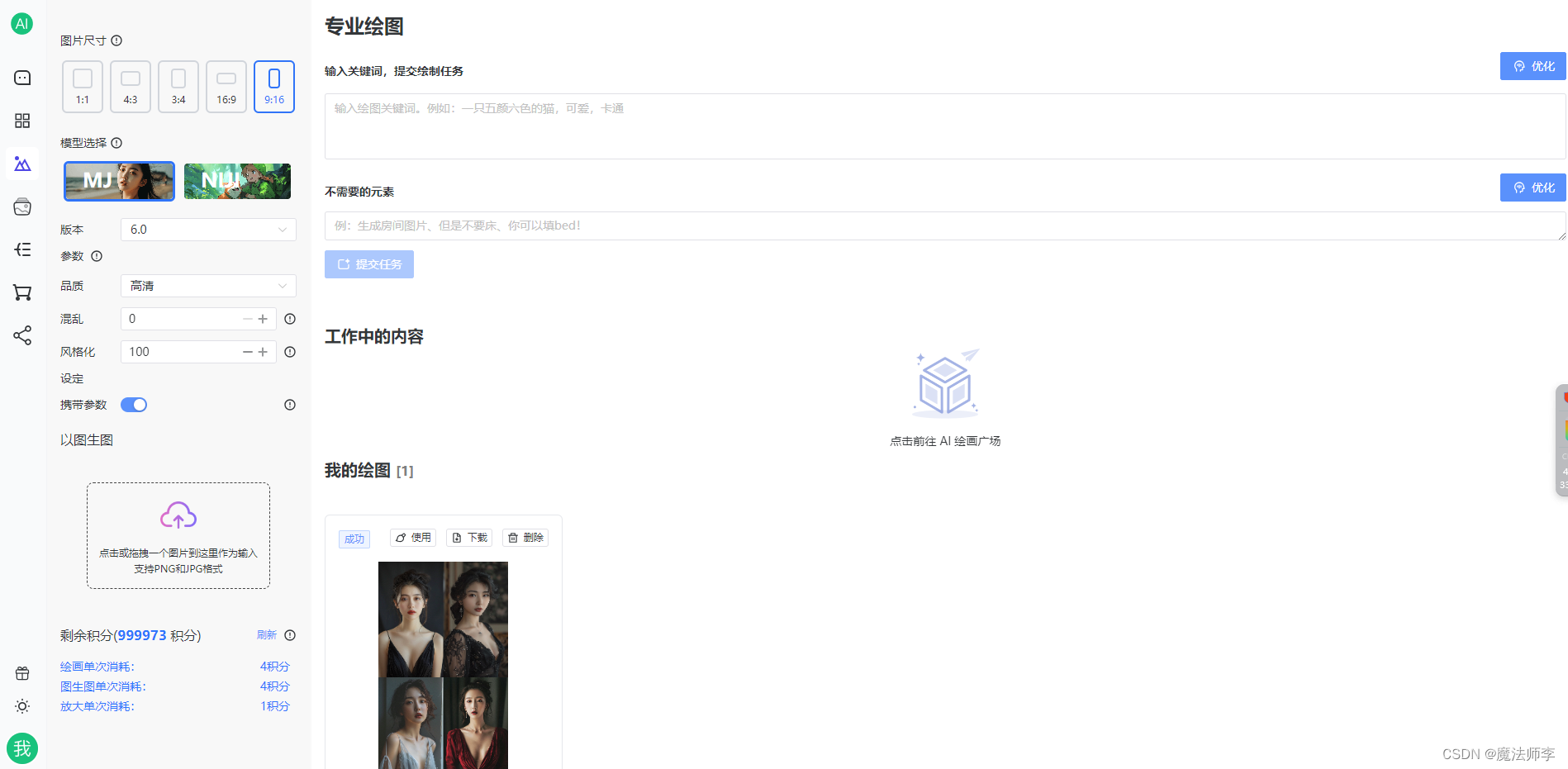文章目录
- 1. 动态获取spring配置文件
- 1.修改SunWebApplicationContext.java
- 2.修改SunDispatcherServlet.java
- 2.自定义Service注解
- 1.需求分析
- 2.编写Monster.java
- 3.自定义Service注解
- 4.编写Service接口MonsterService.java
- 5.编写Service实现类MonsterServiceImpl.java
- 6.修改SunWebApplicationContext.java的executeInstance方法,增加对Service注解的扫描
- 7.debug测试
- 3.完成自定义Autowired注解
- 1.自定义Autowired注解
- 2.在SunWebApplicationContext.java中添加方法executeAutoWired完成属性的自动装配
- 3.修改MonsterController.java来使用Autowired注解
- 4.单元测试
- 4.当前阶段完成的任务
- 自定义两个注解
- 目前对SpringMVC容器的简单理解
1. 动态获取spring配置文件
1.修改SunWebApplicationContext.java
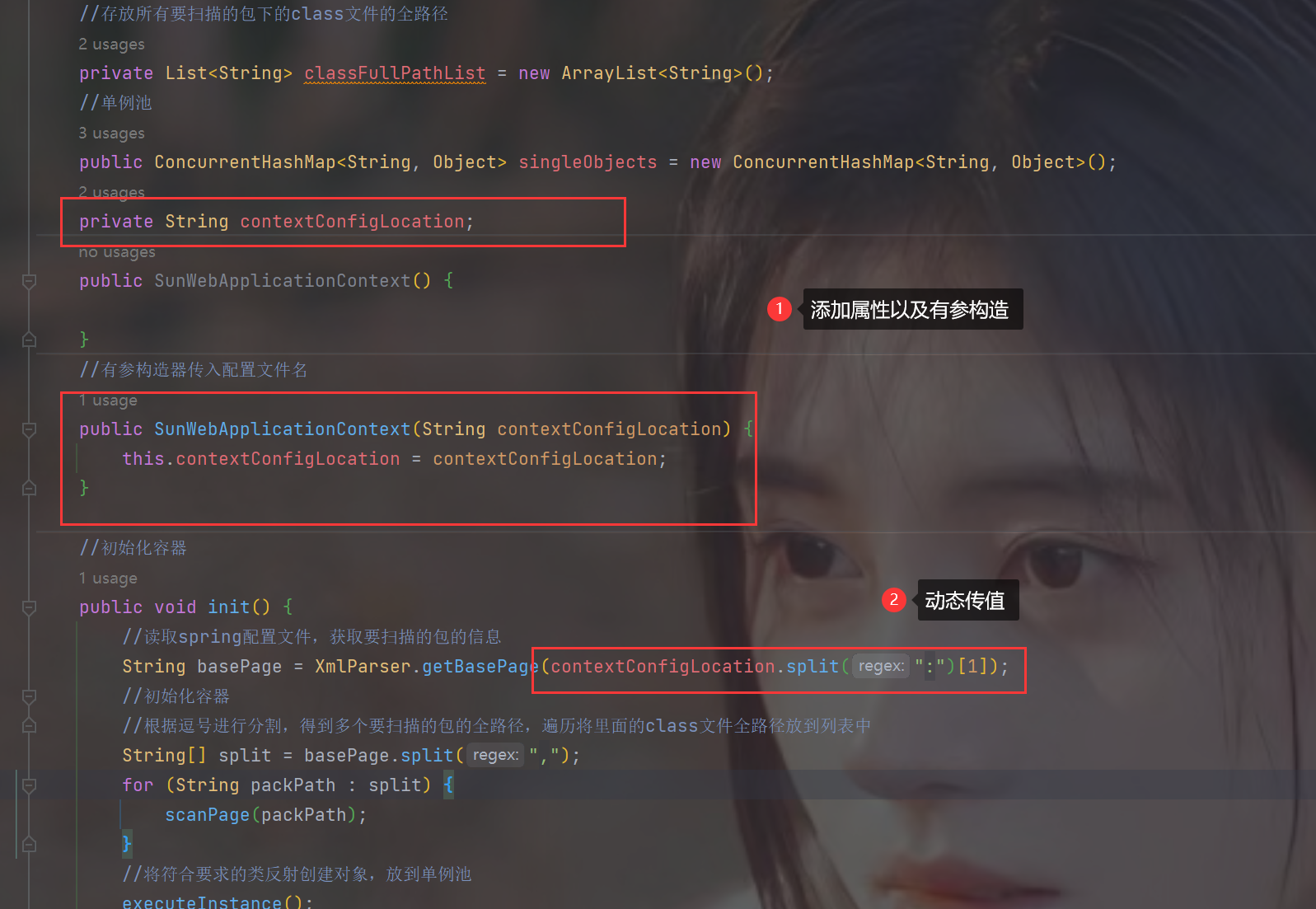
2.修改SunDispatcherServlet.java

2.自定义Service注解
1.需求分析

2.编写Monster.java
package com.Sun.entity;
public class Monster {
private Integer id;
private String name;
private String skill;
private Integer age;
public Monster(Integer id, String name, String skill, Integer age) {
this.id = id;
this.name = name;
this.skill = skill;
this.age = age;
}
public Integer getId() {
return id;
}
public void setId(Integer id) {
this.id = id;
}
public String getName() {
return name;
}
public void setName(String name) {
this.name = name;
}
public String getSkill() {
return skill;
}
public void setSkill(String skill) {
this.skill = skill;
}
public Integer getAge() {
return age;
}
public void setAge(Integer age) {
this.age = age;
}
@Override
public String toString() {
return "Monster{" +
"id=" + id +
", name='" + name + '\'' +
", skill='" + skill + '\'' +
", age=" + age +
'}';
}
}
3.自定义Service注解
package com.Sun.sunspringmvc.annotation;
import java.lang.annotation.*;
@Target(ElementType.TYPE)
@Retention(RetentionPolicy.RUNTIME)
@Documented
public @interface Service {
String value() default "";
}
4.编写Service接口MonsterService.java
package com.Sun.sunspringmvc.annotation;
import java.lang.annotation.*;
@Target(ElementType.TYPE)
@Retention(RetentionPolicy.RUNTIME)
@Documented
public @interface Service {
}
5.编写Service实现类MonsterServiceImpl.java
package com.Sun.service.Impl;
import com.Sun.entity.Monster;
import com.Sun.service.MonsterService;
import com.Sun.sunspringmvc.annotation.Service;
import java.util.ArrayList;
import java.util.List;
@Service
public class MonsterServiceImpl implements MonsterService {
public List<Monster> listMonsters() {
ArrayList<Monster> monsters = new ArrayList<Monster>();
monsters.add(new Monster(1, "牛魔王", "芭蕉扇", 500));
monsters.add(new Monster(2, "蜘蛛精", "吐口水", 200));
return monsters;
}
}
6.修改SunWebApplicationContext.java的executeInstance方法,增加对Service注解的扫描
public void executeInstance() {
for (String classPath : classFullPathList) {
try {
Class<?> aClass = Class.forName(classPath);
if (aClass.isAnnotationPresent(Controller.class)) {
String name = aClass.getSimpleName().substring(0, 1).toLowerCase() + aClass.getSimpleName().substring(1);
singleObjects.put(name, aClass.newInstance());
} else if (aClass.isAnnotationPresent(Service.class)) {
Service annotation = aClass.getAnnotation(Service.class);
String value = annotation.value();
Object bean = aClass.newInstance();
if ("".equals(value)) {
String simpleName = aClass.getSimpleName();
String beanName = simpleName.substring(0,1).toLowerCase() + simpleName.substring(1);
singleObjects.put(beanName, bean);
Class<?>[] interfaces = aClass.getInterfaces();
for (Class<?> anInterface : interfaces) {
String interfaceSimpleName = anInterface.getSimpleName();
String beanName2 = interfaceSimpleName.substring(0,1).toLowerCase() + interfaceSimpleName.substring(1);
singleObjects.put(beanName2, bean);
}
} else {
singleObjects.put(value, bean);
}
}
} catch (ClassNotFoundException e) {
throw new RuntimeException(e);
} catch (InstantiationException e) {
throw new RuntimeException(e);
} catch (IllegalAccessException e) {
throw new RuntimeException(e);
}
}
}
7.debug测试

3.完成自定义Autowired注解
1.自定义Autowired注解
package com.Sun.sunspringmvc.annotation;
import java.lang.annotation.*;
@Target(ElementType.FIELD)
@Retention(RetentionPolicy.RUNTIME)
@Documented
public @interface AutoWired {
String value() default "";
}
2.在SunWebApplicationContext.java中添加方法executeAutoWired完成属性的自动装配

public void executeAutoWired() throws IllegalAccessException {
if (singleObjects.isEmpty()) {
return;
}
for (Object beanObject : singleObjects.values()) {
Class<?> aClass = beanObject.getClass();
Field[] declaredFields = aClass.getDeclaredFields();
for (Field declaredField : declaredFields) {
if (declaredField.isAnnotationPresent(AutoWired.class)) {
AutoWired annotation = declaredField.getAnnotation(AutoWired.class);
String value = annotation.value();
Object findBeanObject = null;
if ("".equals(value)) {
String simpleName = declaredField.getType().getSimpleName();
String beanName = simpleName.substring(0, 1).toLowerCase() + simpleName.substring(1);
findBeanObject = singleObjects.get(beanName);
} else {
findBeanObject = singleObjects.get(value);
}
if (findBeanObject == null) {
throw new RuntimeException("容器中不存在你要装配的bean");
} else {
declaredField.setAccessible(true);
declaredField.set(beanObject, findBeanObject);
}
}
}
}
}
3.修改MonsterController.java来使用Autowired注解
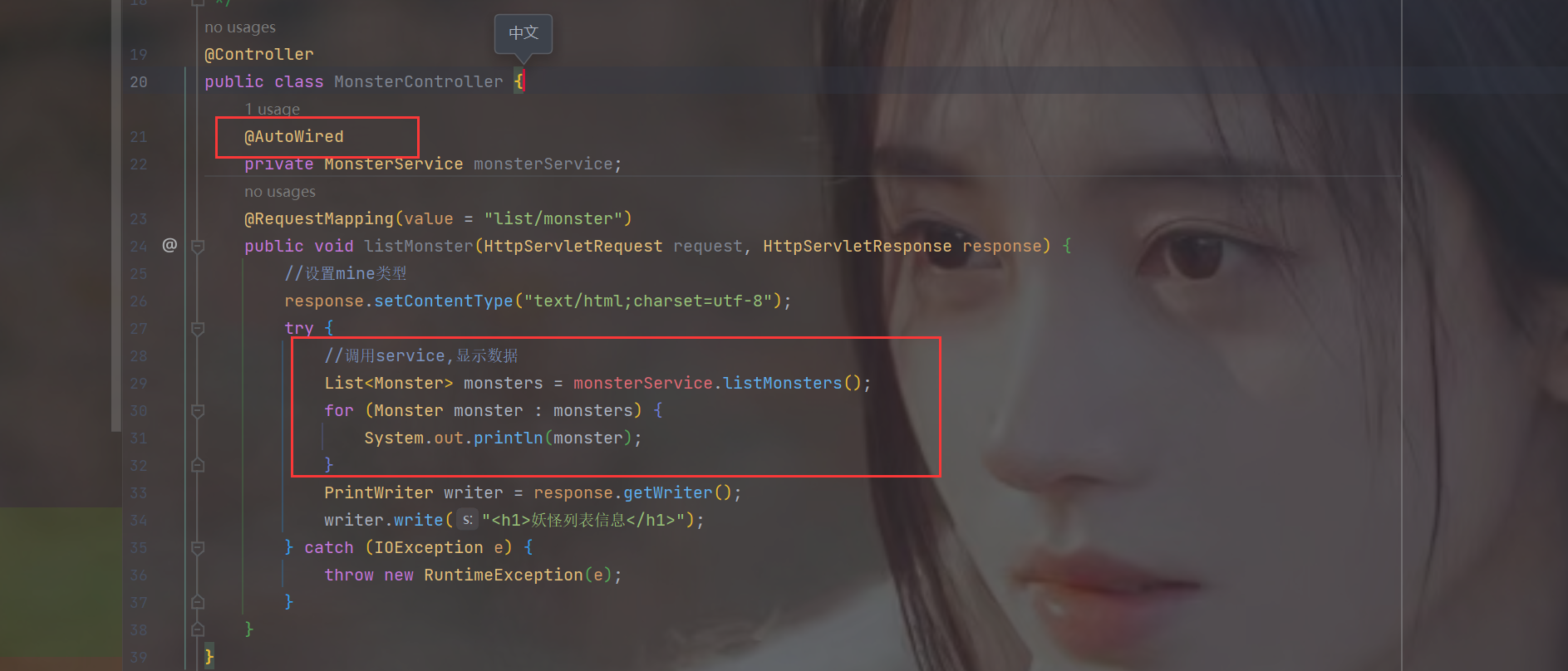
4.单元测试


4.当前阶段完成的任务
自定义两个注解
- 自定义Service注解:在原有的扫描所有文件全类名的基础上增加逻辑,判断是否具有Service注解,并根据value值或者默认方案将其注入到bean中
- 自定义Autowired注解
- 遍历所有单例池对象,获取对应的Class对象
- 获取每个对象的所有字段
- 对每个字段判断是否有Autowired注解,如果有则按照类型首字母小写或者value值来进行依赖注入
目前对SpringMVC容器的简单理解
- tomcat启动,加载中央控制器
- 获取spring配置文件路径,使用这个路径创建一个spring容器
- 调用spring容器的init方法,初始化spring容器
- 读取配置文件,得到要扫描的包,从而得到包的工作路径
- 根据工作路径来得到包内所哟class文件的全路径
- 遍历所有class文件的全路径,得到Class对象
- 使用反射扫描指定注解,反射创建bean对象,放到单例池中
- Autowired依赖注入
- 扫描单例池,得到所有对象,从而得到Class对象
- 使用反射得到所有字段信息,判断是否有Autowied注解,如果有则根据一定规则从单例池中查找bean对象进行依赖注入
- 初始化映射对象列表
- 扫描单例池,得到Class对象
- 通过反射判断是否有RequestMapping注解,如果有则使用反射获取url和Method对象,再加上当前的对象,封装到映射对象中
- 将这个映射对象添加到映射对象列表
- 请求分发
- 浏览器向中央控制器发送请求
- 中央控制器根据请求的uri和映射对象列表的url进行比对
- 如果匹配则反射调用Controller的方法









